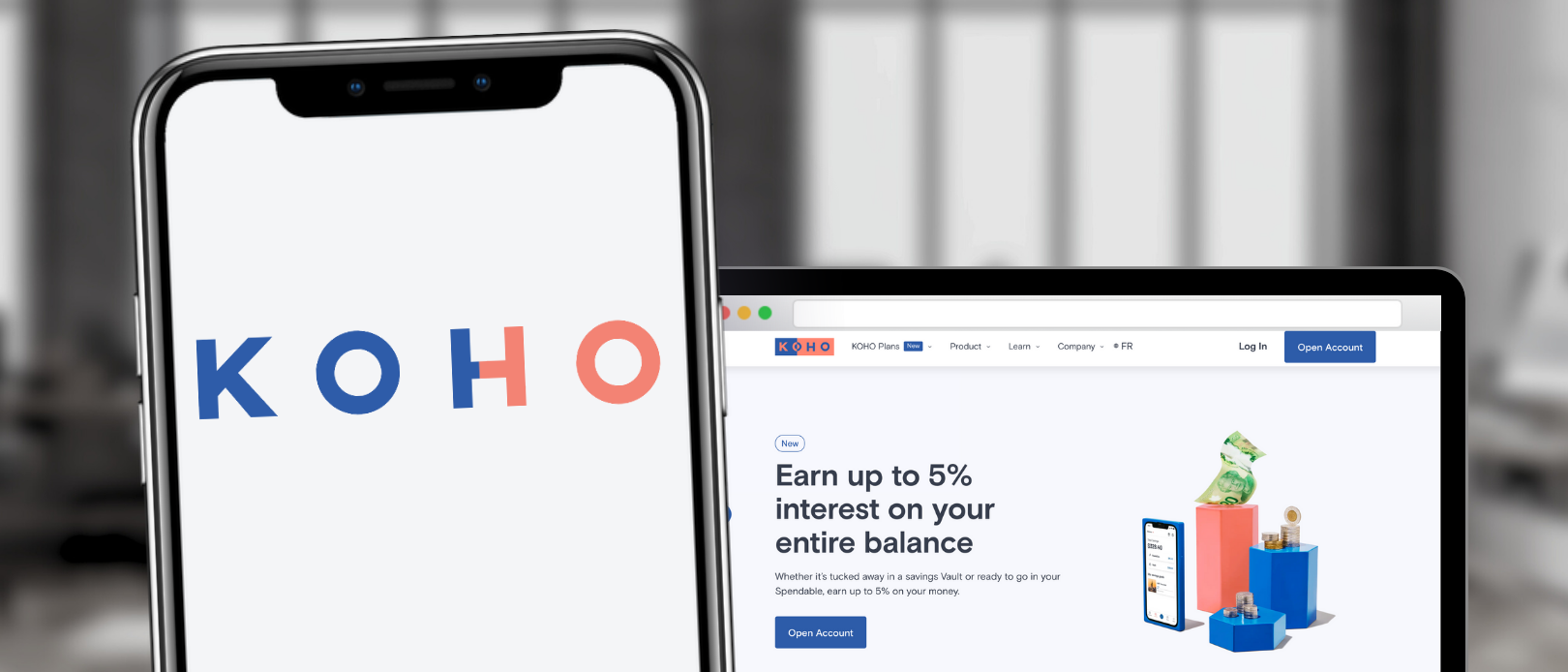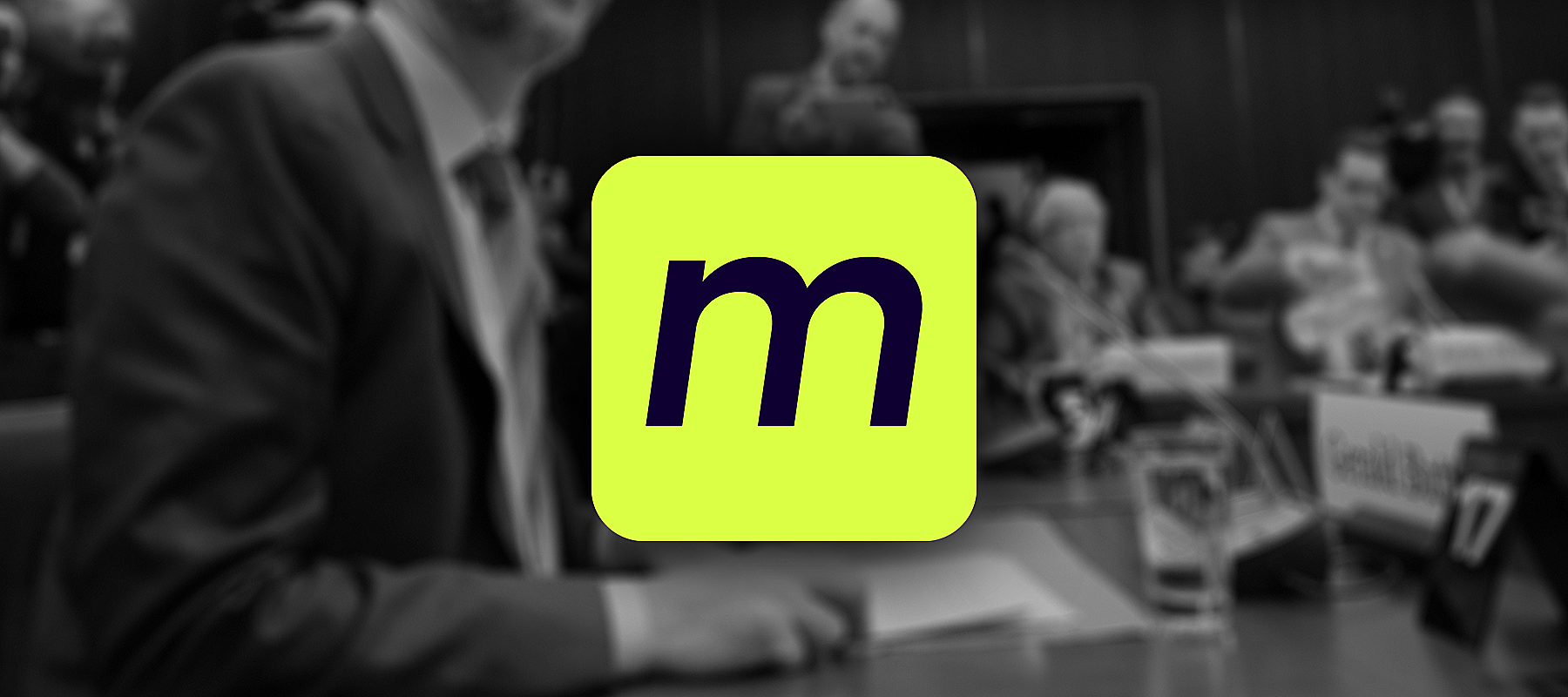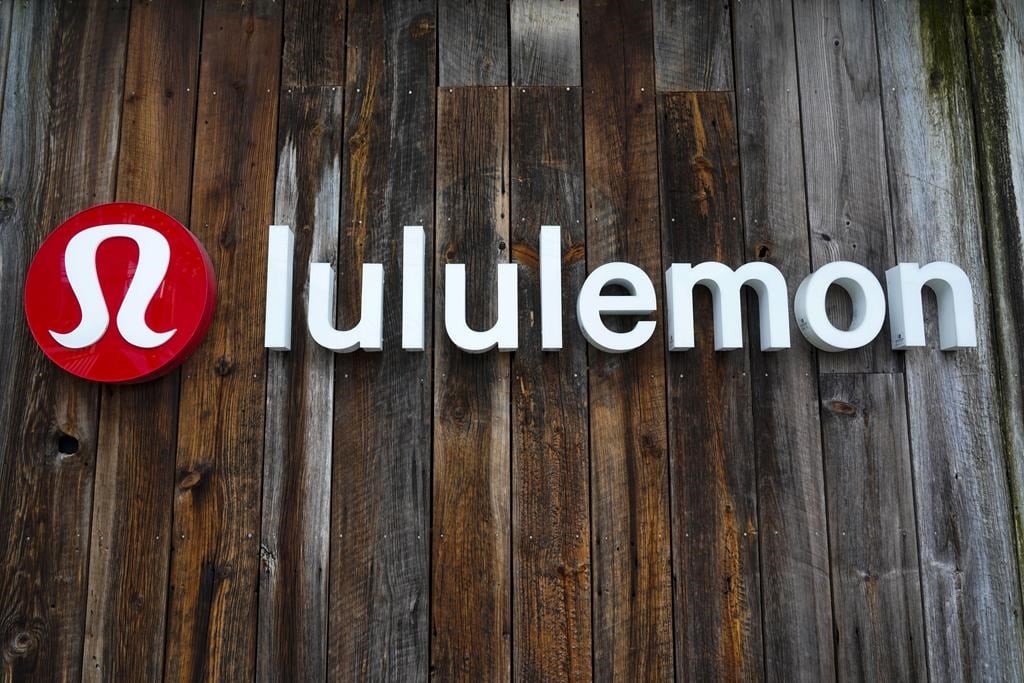
KOHO credit card review: Fintech at its finest
KOHO Mastercard / KOHO
Fact Checked: Amy Tokic
Updated: April 02, 2024
Not too long ago, it felt like Canadians were stuck with only a few options for their everyday banking needs. These included the bank with the comfy green chair, the one that wants you to believe you’re richer than you think, another that loves to tell you it’s the biggest in the country, and a bank that’s named after one of our favourite Quebecois cities. Oh, and one more whose name is really more like a four-letter word.
Nothing against any of these banks; I, myself, have used – or still use – the products and services of three of those “Big Five”. They’re tried and true and recognizable – with them, you know what you’re getting. However, these days, the options are growing. And competition is always a good thing.
Enter: the Canadian fintech scene (short for financial technology), which is rife with challengers keen to take on the standard household names. They include Wealthsimple, Questrade, EQ Bank, Neo and KOHO, just to name a few.
It’s this last one that we’ll talk about today: KOHO. But, first, a caveat/disclaimer/whatever you want to call it. I used to work for KOHO, have freelanced for KOHO and still own shares in KOHO (one of the perks of working for a startup). I’m also a KOHO customer – and this combo makes me perfect to tell you everything you need to know about one of Canada’s leading fintechs (just don’t call them a challenger bank: they don’t seem to like that).
So, let’s dig in and get to know KOHO: What they are, what they do and whether or not they’re a good option to trust with your hard-earned money.
What Is KOHO?
KOHO is, at its core, similar to a bank. They provide a selection of four accounts – ranging from a no-fee basic plan to a premium plan that’s packed full of perks – that are all tied to the Mastercard network. Regardless of the plan you choose, you’ll use a prepaid Mastercard for all your everyday banking needs.
Unlike a traditional bank, KOHO doesn’t have any physical branches – they’re digital first (well, digital only, to be more precise).
In addition to a spending and savings account, KOHO also has a number of features to help you with your finances: From building your credit history to budgeting and earning cash back. More on these products and features a little later.
Pros and cons
Pros
-
A no-fee account option
-
Earn up to 5% cash back on your purchases
-
Accepted worldwide, wherever Mastercard is accepted
-
Four account tiers, so there’s something for everyone
-
Earn interest on your account
-
RoundUps feature helps you save
-
Financial coaching is available
-
Features like Credit Building (to help you build your credit history) and Cover (to protect you from overdrawing your account)
-
Compatible with Apple Pay
-
Joint account option for families and couples
Cons
-
No physical branches or tellers
-
No RRSP, TFSA or RESP accounts
-
Customer service not on par with the big banks
-
Missing some banking features, like wire transfers, currency exchanges and multiple lines of business like financial planning, mortgages and insurance
Who is KOHO for?
There are several types of people who would benefit from using KOHO. The first and most obvious is anyone who has become fed up with the big banks. Maybe they find the accounts too expensive, the products impersonal and the innovation lacking.
New Canadians also make up a large portion of KOHO users. For them, coming to Canada and building credit can seem like a mountainous task. Features like credit building allow those with no Canadian credit profile to build their history each month.
Anyone who is interested in earning cash back and interest, but prefers to do that without using a traditional credit card, would also find KOHO beneficial.
Finally, anyone who has had difficulty in the past with budgeting might find a home with the fintech. KOHO gives users monthly insights on their spending, access to a financial coach, and features like RoundUps and The Vault, which help to automate savings and take the work out of building a nest egg.
KOHO Plans
Easy (Free)
The entry level plan. It offers 1% cash back on groceries and transportation, 3% interest on your balance, and no monthly fees. This is a great option for students and cost-conscious Canadians who want to earn cash back and interest without shelling out a monthly fee.
Essential ($4/month)
A step up from the Easy plan, the Essential comes with 1% cash back on groceries, transportation, food and drink, 5% interest on your entire balance, and 30% off Credit Building. This is a great option for new Canadians who carry an account balance to take advantage of the enhanced interest as well as the credit building discount.
Extra ($9/month)
Extra offers 1.5% cash back on groceries, transportation, food, and drink, 0.25% on everything else, plus 5% interest on your balance, 30% off credit building and no foreign transaction fees. This account is for the traveller, who can take their card worldwide and tap as much as they’d like without racking up those pesky forex fees.
Everything ($19/month)
The gold standard. The platinum package. The luxurious option for the big spender and saver. Everything comes with 2% cash back on groceries, transportation, food and drink, 5% interest on your balance, 50% off credit building, no foreign transaction fees and real-time e-transfers.
| Feature | Easy | Essential | Extra | Everything |
|---|---|---|---|---|
| Price | Free | $4/month | $9/month | $19/month |
| Credit building | $10/month | $7/month | $7/month | $5/month |
| Virtual card | Yes | Yes | Yes | Yes |
| Interest earned | 3% | 5% | 5% | 5% |
| Cash back | 1% on groceries and transportation | 1% on groceries, transportation, food and drink |
1.5% on groceries, transportation, food and drink
0.25% on everything else |
2% on groceries, transportation, food and drink |
| Foreign transaction fees | Yes | Yes | Yes | No |
| e-transfers | Yes | Yes | Yes | Yes (real time) |
How KOHO works
KOHO isn’t a bank or a credit card – it’s an app and a prepaid Mastercard that aims to offer the best of both worlds. It’s a flexible option for saving, spending and budgeting, earning cash back and offers tools such as:
- Credit building for building your credit history
- Cover for protecting you from overdrafting your account
- RoundUps for automatically setting aside a set amount for savings each time you spend
- The Vault for automatic savings
- Goals for helping you set and reach savings goals
- Monthly spending insights
So, there’s really something for everyone. As for me, I’ve been an Extra customer (back when that plan was called Premium) as well as an Easy user. I used my KOHO account in tandem with a traditional bank account. The difference was my bank account was used for all my bills and short-term savings, while my KOHO account was used for spending.
Having the accounts separate really helped me stay on budget, so I would never go over my allotted bi-weekly funds. I loved the RoundUps feature (saving a total of $224 in a year) as well as cash back (earning a total of $235 in a year). As an Extra user, I also took full advantage of no foreign exchange fees whenever I left the country, relying on my KOHO card for the majority of my local spending (along with cash for the times when cards weren’t accepted).
How you use your KOHO account is up to you! Maybe you’ll use it solely to build credit, share finances with a family member, earn cash back or even as your everyday account. Since it does lack some of the features you get with a traditional bank account, like access to tellers, a full suite of financial products like mortgages and insurance and the ability to wire money and exchange funds for foreign currencies, KOHO might work best as an add-on to a standard bank account.
KOHO Prepaid Rewards
Earning rewards
Earning rewards with KOHO is simple and straightforward. Each account plan has a set amount of cash back you earn in various categories. You’ll earn cash back on those purchases and be able to view your balance directly in the app.
Redeeming Rewards
Redeeming rewards is just as easy. Open the account, tap “cash back”, tap redeem and voila. You’ve just deposited some extra cash directly into your account, instantly.
Rewards potential from KOHO partners
In addition to the spending categories, you can also earn extra rewards with KOHO partners. These include:
- Altitude sports (+4%)
- Baskin Robbins (+5%)
- Branch (+2%)
- Contiki Holidays (+2%)
- Fantuan (+6%)
- IQ Food Co. (+2%)
- Kernels Popcorn (+3%)
- Rakuten Kobo (+2%)
- The Last Hunt (+2%)
- Pizza Pizza (+3%)
- Skip the Dishes (+3%)
- Well.ca (+1.5%)
- And several others
Check your KOHO app for the most up-to-date partners list, as it’s likely to change over time.
KOHO Prepaid benefits
The main benefits include cash back and earned interest, budgeting and savings tools, cash back and no foreign exchange fees (with the Everything plan).
How KOHO Credit Building works
KOHO has two ways for users to build their credit history. Both include financial coaching, access to your credit score and automatic monthly reporting to Equifax.
Credit Building Program
The original way to build credit history with KOHO. KOHO opens a line of credit for you, you choose the amount, and each month KOHO reports that amount as a payment to the credit bureau.
How does Credit Building by KOHO work?
To begin, you’ll need to have an existing KOHO or KOHO Extra account. Then, you can register for Credit Building in the KOHO app.
You might be wondering how KOHO manages to convince credit bureaus you’re an established lender without taking out any credit. What KOHO does is each month it takes out a portion of pre-deposited dedicated funds and reports this as a “repayment” on a no-fee line of credit. These funds are separate from your available balance since you shouldn’t be using it, its sole purpose is to help you build your credit. That’s why you won’t see anything different in your account aside from a $7-$10 monthly deduction for the tool’s fee. To the credit bureau, it looks like you’re paying back a line of credit, and to you, there’s no actual difference or deduction in your account.
How to apply
Let’s break down the process of using the Credit Builder tool step-by-step to see how it looks from start to finish:
- 1.
Sign up for the Credit Building tool in your account on the app.
- 2.
Once you’ve signed up, KOHO will retrieve your current credit score.
- 3.
After this, KOHO deposits dedicated funds and deducts the Credit Building fee.
- 4.
Month after month, KOHO withdraws a portion of these specific dedicated funds and reports it to a credit bureau as a repayment.
That’s all there is to it! The only thing you really need to do is make sure you have at least $7-$10 a month in your account to cover the cost of the tool, but besides that, everything else is done behind-the-scenes. However, you’ll be able to track your credit score changes directly on the KOHO app.
At the end of the 6-month subscription, you won’t be automatically recharged for the tool, but you can choose to sign up again to continue using the service if you still want to build your credit score.
Is the Credit Builder tool worth it?
In certain scenarios, the Credit Builder tool can be worth the relatively small investment. However, it’s not right for everyone. Here’s why.
If you’re doing everything you can to increase your credit score, then the Credit Builder add-on can be a helpful tool to give you a little extra edge. At $7-$10 a month for 6 months, it will set you back at most $60 if you have KOHO Easy, which isn’t a huge sum. I would recommend this tool if you’re responsible with your finances, you’re looking for new ways to increase your credit score, and you already have other measures in place to maintain or improve your score. It might also be helpful to those who are new to Canada and don’t have any credit history yet, but there are also other ways to establish a credit score from scratch.
That being said, KOHO’s Credit Building tool isn’t a be-all-end-all fix to your credit score woes. If you’re reckless with money or simply don’t know how to manage your finances, this tool won’t fix your credit score the way you want it to. You can still be missing credit card payments or have piles of unpaid loans outside of KOHO, which means you probably won’t see your credit score go up after signing up for this tool.
Not only that, but the “set it and forget it” method here is a bit of a double-edged sword. Sure, it’s incredibly convenient just to sign up for this tool and then forget about it for six months as your credit builds the background, but improving your credit score should be a more interactive process. If you’re someone who has bad credit because of poor budgeting and spending habits, then it’s important to be engaged in the process of rebuilding your score so that you can learn how it’s done. I’d like to see this tool expanded into a full suite of credit-building tools, such as articles with advice on how to improve your credit score or a personalized plan of action to help get your finances in order.
Pros and cons of the Credit Builder tool
Pros
-
An affordable way to build your credit
-
KOHO has noted, on average, users increase their credit score by 20 points within 6 months of Credit Building subscription
-
Accessible to anyone with no credit history or a low credit score
-
No need to apply for or take out any new form of credit
-
Minimum effort way to increase your credit score
-
No hard credit check is done that will impact your current score
Cons
-
Won’t be helpful to those with poor financial habits
-
Not necessarily a holistic way to improve your credit score long-term
-
Lacks more robust credit-building information and planning
Flexible Credit Building Program
With Flexible Credit Building, you set aside your own funds as a line of credit, you use the line as you need, KOHO automatically recollects that each month, and KOHO reports that activity to the credit bureau.
KOHO Cover
KOHO bills its Cover product as zero-interest overdraft protection. With Cover, you’ll be given a $50 overdraft limit for $5 per month. You’ll have to pay back any Cover funds you use each month.
KOHO referral bonus: How it works
If you’re a KOHO user who refers a friend, you’ll be given your choice of $20 or three free months of the Extra plan, at a worth of $27. You can find your referral code in the app and send it directly to friends. You’ll be given your bonus once they’ve signed up and made a purchase.
KOHO virtual card vs. actual card
KOHO plans come with a virtual card, which can be added to your phone’s wallet, and a physical card as well. Your virtual card is ready as soon as you sign up; you’ll have to request a physical card in the KOHO app to be sent one.
Why KOHO is great for newcomers to Canada
KOHO is a great option for newcomers because it offers tiered plans, so there’s something for every budget, savings tools, cash back, and Credit Building. You don’t need a minimum balance or credit history to open an account or start building credit, which makes it ideal for those new to the country.
How the KOHO Prepaid Mastercard Compares
KOHO Easy Prepaid Mastercard vs. KOHO Extra Prepaid Mastercard
The KOHO Easy and Extra plans are fairly similar, but the Extra offers a little more – at a cost. The Easy plan is free and offers 1% cash back on groceries and transportation, 3% interest on your balance and no monthly fees.
The Extra plan costs $9 a month and offers 1.5% cash back on groceries, transportation, food and drink (0.25% on everything else), 5% interest on your balance, 30% off Credit Building and no foreign transaction fees.
KOHO Prepaid Mastercard vs. Neo Financial Mastercard
KOHO and Neo are both popular fintech banking alternatives, aimed at new and younger Canadians. They, more or less, do the same things, but with some differences.
KOHO offers four account plans while NEO offers two. You know all about KOHO at this point, so let’s talk a bit about Neo’s offerings. Neo offers a free Base plan and a Premium plan for $4.99 per month. Both plans come with account insights to help you better manage your money. The Base plan offers 1% cash back on gas and groceries, and partner cash back (including streaming services, ride sharing, food delivery, and retail) that averages 5%.
The Premium account, meanwhile, offers 3% cash back on gas and groceries, 0.5% cash back on everything else, and an average of 6% cash back with partners. It also comes with credit monitoring, purchase protection, 24/7 legal assistance, and $2,500 group life insurance.
Overall, KOHO might offer more features at its higher paid plans but the Neo Premium plan is more cost-effective.
KOHO Prepaid Mastercard vs. Simplii No-Fee Chequing + Cash Back Visa
If you’re on the hunt for a feature-rich chequing account but also want a traditional credit card, you might want to consider the Simplii no-fee chequing account and cash back Visa. They’re separate products that can be used together for everyday banking and credit needs. The Simplii chequing account is a more traditional option than KOHO. It has no monthly fees, unlimited e-transfers and can be used at any CIBC ATM, offering some additional convenience. The Cash Back Visa, meanwhile, also has no fees and allows you to earn 4% at bars and coffee shops, 1.5% on gas, groceries, drugstore purchases and pre-authorized payments and 0.5% on everything else.
FAQs
With files from Alicia Schneider
Disclaimer
The content provided on Money.ca is information to help users become financially literate. It is neither tax nor legal advice, is not intended to be relied upon as a forecast, research or investment advice, and is not a recommendation, offer or solicitation to buy or sell any securities or to adopt any investment strategy. Tax, investment and all other decisions should be made, as appropriate, only with guidance from a qualified professional. We make no representation or warranty of any kind, either express or implied, with respect to the data provided, the timeliness thereof, the results to be obtained by the use thereof or any other matter.




